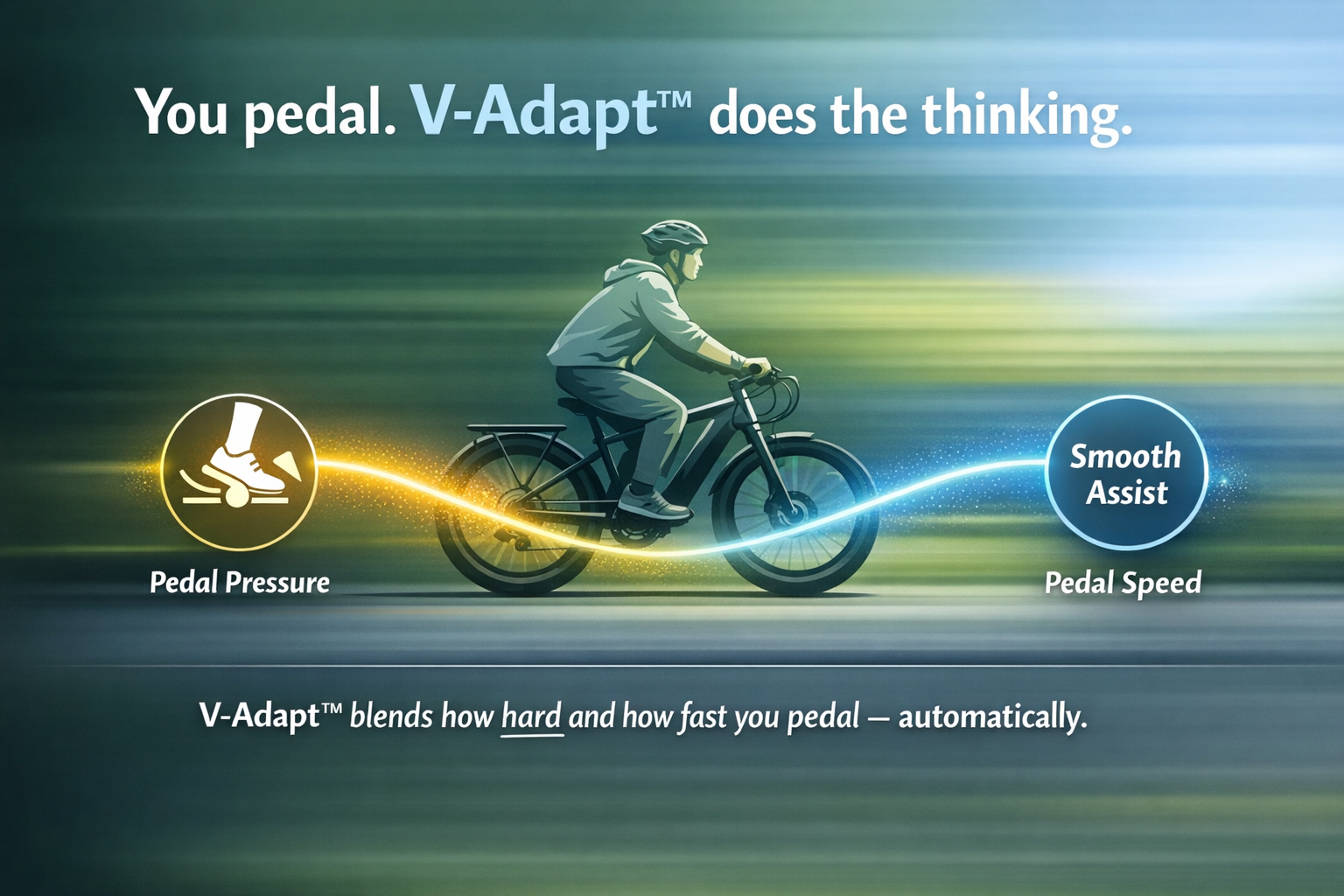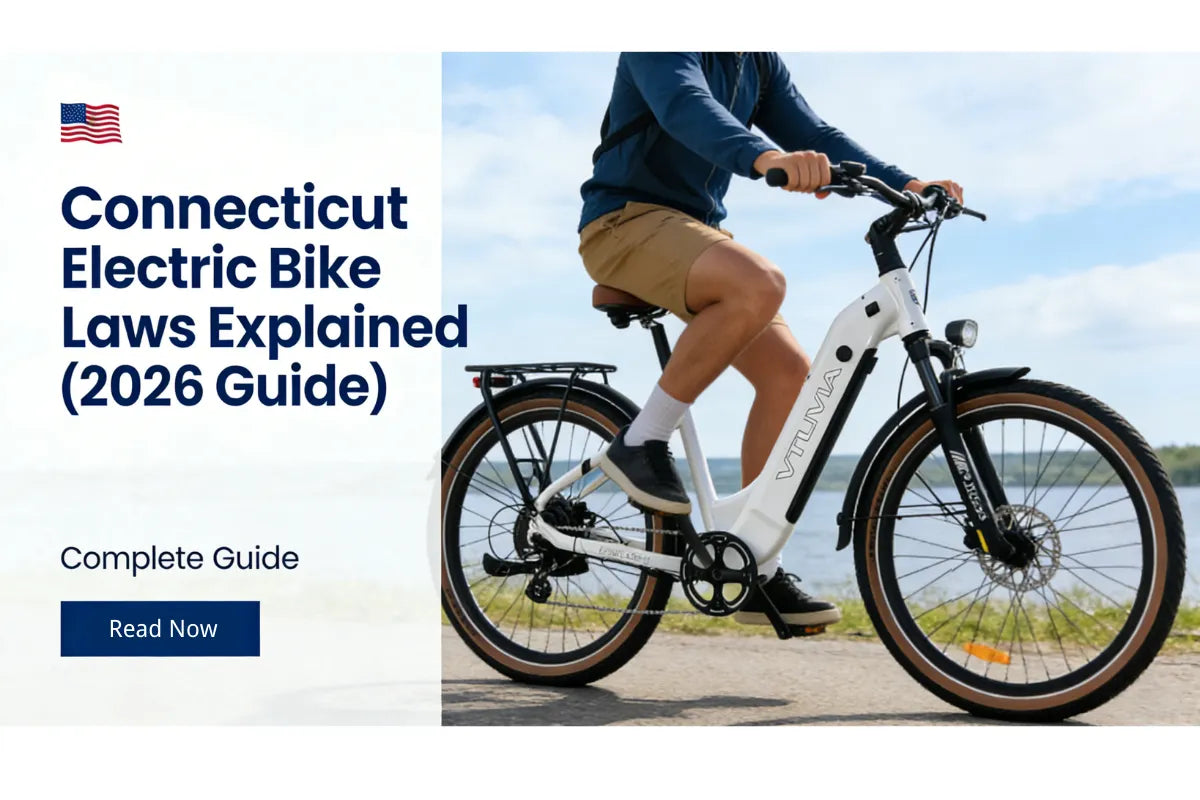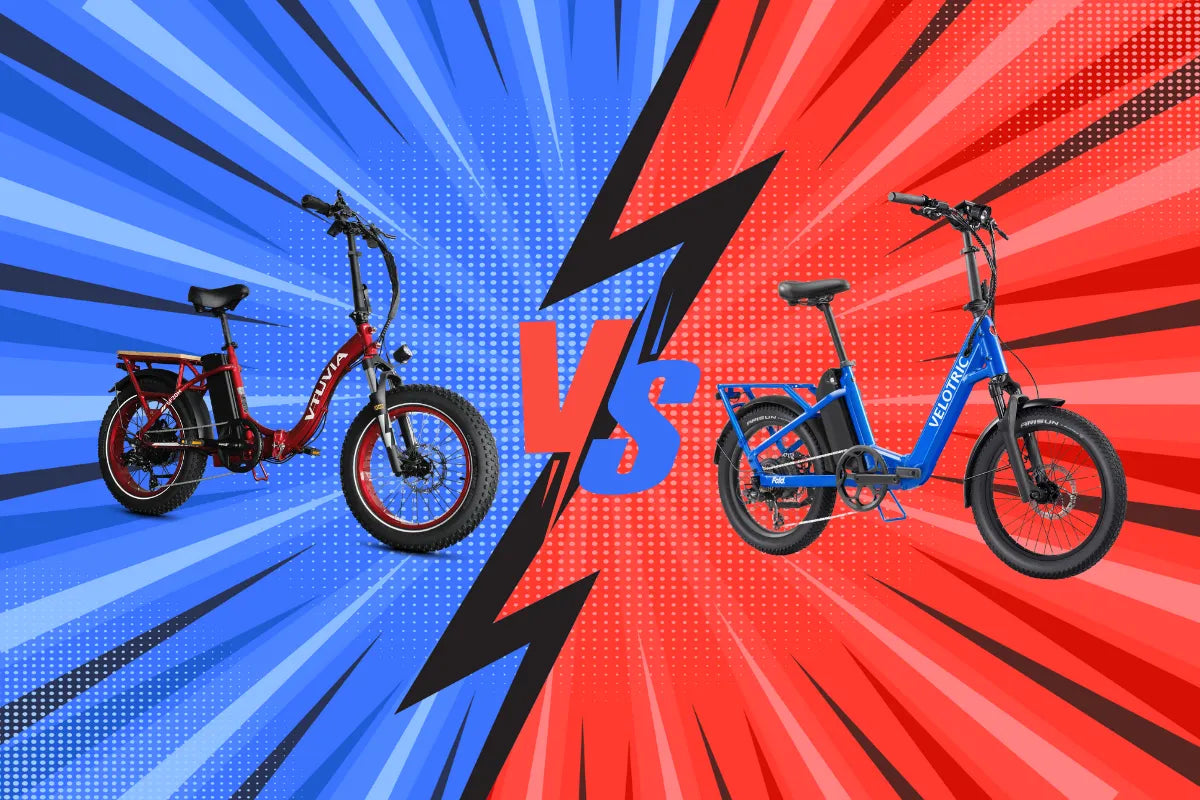Introduction
Brief description of electric bicycle torque sensor
Why are ebike torque sensor so important? That’s what we need to delve into here. Bicycles with electric assist are becoming increasingly popular and are a rapidly growing market. However, safety issues are a growing concern. The e-bike industry is responding. The torque sensor not only improves the handleability of the bike, making it more intuitive and pleasant to operate, it also improves safety.

Importance in various applications
Learn about torque sensors
There are different types of torque sensors, each type is tailored to a specific application. A reaction torque sensor measures the force exerted on it, a rotational torque sensor determines the amount of rotation produced, and a static torque sensor monitors torsional force without any movement. Understanding these types is critical to understanding the different applications of torque sensors.
Applications of torque sensors
Torque sensors have a wide range of applications. They can be used for testing and controlling gear systems, aerodynamic systems, textile machinery systems, etc., as well as automobile chassis, engines, braking systems, steering systems, etc. In addition, torque sensors can also be used for measurement and control in aerospace, electric power, automobile manufacturing, machine tool manufacturing and other industries, and are widely used in the field of industrial automation.
Types of Torque Sensors
Torque sensors, also known as torque sensors, torque sensors, torque sensors, and torque meters, are divided into two categories: dynamic and static. Dynamic torque sensors can also be called torque sensors, torque speed sensors, non-contact torque sensors, and rotational torque. Sensors etc. Torque sensors are the detection of torsional torque on various rotating or non-rotating mechanical parts.
How the torque sensor works
Using strain gauge electrical measurement technology, a strain bridge is formed on the elastic shaft, and the electrical signal of the elastic shaft torsion can be measured by providing power to the strain bridge. After the strain signal is amplified, it is converted into a frequency signal proportional to the torsional strain through voltage/frequency conversion.
Torque sensor features:
- It can measure both static torque and rotating torque;
- It can measure both static torque and dynamic torque;
- High detection accuracy, good stability; strong anti-interference ability;
- Small size, light weight, multiple installation structures, easy to install and use;
- The forward and reverse rotation torque can be continuously measured without repeated zero adjustment;
- There are no wearing parts such as conductive rings, and it can run at high speed for a long time;
- The high-level frequency signal output by the sensor can be directly sent to the computer for processing;
- The measured elastomer has high strength and can withstand 100% overload.
The role of torque sensor in electric bicycles:
Torque sensors play a key role in e-bike technology. On an e-bike, a torque sensor measures the pedaling torque exerted by the rider and sends this along with cadence information to the e-bike's controller. Based on this information, algorithms control motor speed and power. The performance of an e-bike as perceived by the rider depends heavily on the precision and accuracy of the motor control.
How the torque sensor works in electric bicycles:
When an electric power-assisted bicycle uses a speed sensor to sense, the torque is estimated through an algorithm, but the accuracy is poor. Typical examples include Haro and Meituan shared power-assisted bicycles. This method of assisting is relatively rough. Although it can achieve the purpose of assisting, the riding experience is poor. Either you cannot feel the assist during riding, or you need to continue to step on the pedals during riding, or even worse. When going uphill or downhill, it is easy to accidentally assist. This type of electric power-assisted bicycle cannot meet consumer needs and cannot adapt to future intelligent requirements.
As the most important part of an electric power-assisted bicycle, the torque sensor's accuracy directly affects the power-assisted accuracy during riding and affects comfort. When this kind of torque sensor is pasted on the force-bearing part of an electric power-assisted bicycle, the ferromagnetic material is deformed by torsion during riding, causing changes in its magnetic properties. The changes in the magnetic properties are converted into changes in the electrical signal, and then based on the signal and The torque detection function can be realized by converting the equivalent relationship of torque into specific torque.
Our upgraded VTUVIA SN100 coming with torque sensor, provide a more efficient ride by matching the motor’s output to yours input, also can be conserving the battery life. Give you more control over your speed. The harder you pedal, the faster you go. Makes for a safer and more enjoyable riding experience.

Choose the right torque sensor
- Accurate and stable, super reliable: The accuracy and accuracy of sensor data collection is the first and most important step to ensure the consistency of the riding experience.
- Easy to install, maintenance-free: simple structure and highly integrated hidden design
- Super cost-effective: more stable, more reliable quality, obvious price advantage
- Strong scalability: enjoy the beautiful life brought by high technology at low cost
In Conclusion
Review the importance of torque sensors
Sensor technology was listed as "the first of the top ten new technologies that will change mankind in the future" by Time Magazine as early as seventeen years ago. Today, sensor technology applications have already covered all aspects of modern life. Take a mobile phone as an example. From the moment you pick up the phone and unlock it, real-time sensors start working simultaneously: taking pictures requires image sensors, and GPS remote sensing technology helps you navigate when you go out. Ubiquitous sensors are quietly changing our lives.
In the new era of artificial intelligence where everyone is a "cyborg", sensors are our "electrical five senses". When applied to the field of electric assist bicycles, speed, cadence, and torque sensors are commonly used. A wide variety of sensors are essential core technology products for electric assist products. Among them, the most mature, reliable and safe one is the torque sensor.
As the crystallization of high-tech research and development, the torque sensor not only has a high-cost performance, but also has super stable and reliable performance, is maintenance-free and easy to install, and enjoys the beautiful life brought by high technology at a low cost. Why don't you choose it?





Share:
Congratulations! Vtuvia E-bikes Receive UL 2849 Certification
10 Best Seaside For Outdoor Bike Riding